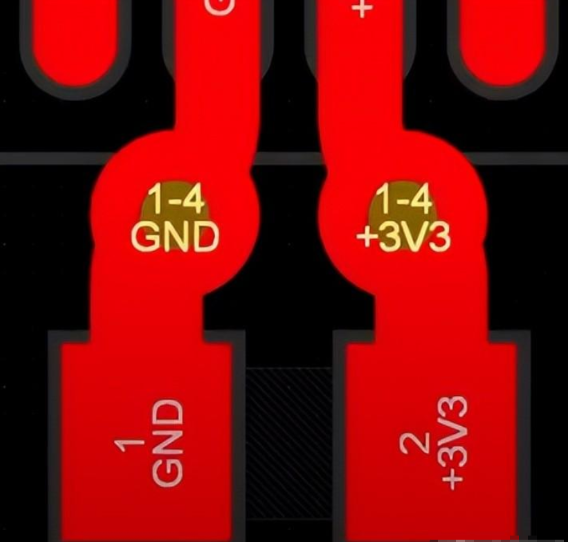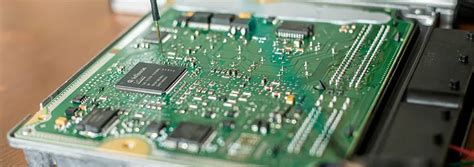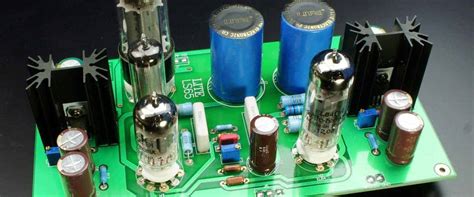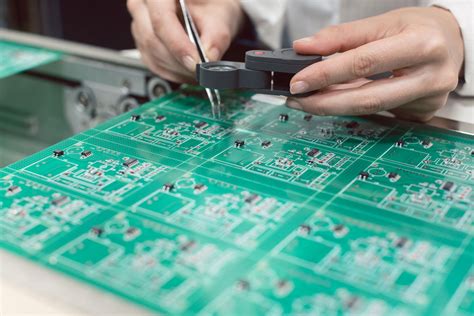PCB Board Hole Size Reference: A Comprehensive Guide
Introduction to PCB Hole Sizing
Printed Circuit Board (PCB) design requires careful consideration of numerous factors, with hole sizing being one of the most critical yet often overlooked aspects. Hole sizes in PCBs serve multiple purposes – from component mounting to mechanical fastening – and getting these dimensions right is essential for both functionality and manufacturability.
This guide provides a detailed reference for PCB hole sizes, focusing particularly on screw holes (also called mounting holes or mechanical holes) that are used to secure the board to enclosures or other structures. We’ll cover standard sizes, design considerations, manufacturing tolerances, and practical recommendations to help you create robust PCB designs.
Understanding PCB Hole Types
Before diving into specific sizes, it’s important to distinguish between the different types of holes found on PCBs:
- Through Holes: For component leads that will be soldered
- Via Holes: For layer-to-layer connections
- Mounting Holes: For mechanical fasteners (screws, standoffs, etc.)
- Tooling Holes: For manufacturing and assembly processes
This article focuses primarily on mounting holes, though many principles apply to other hole types as well.
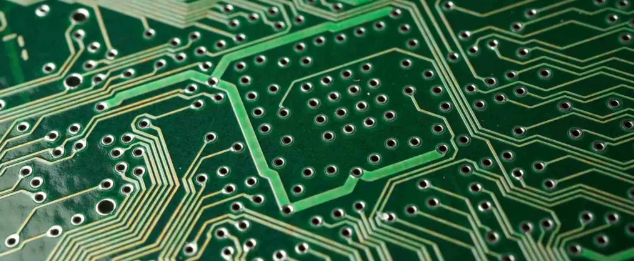
Standard Screw Sizes for PCB Mounting
The most common screw sizes used in PCB mounting include:
Metric Screw Sizes (ISO)
- M2 (2mm diameter)
- M2.5 (2.5mm diameter)
- M3 (3mm diameter) – Most common
- M4 (4mm diameter)
Imperial Screw Sizes (UNC/UNF)
- #2 (0.086″ or 2.18mm)
- #4 (0.112″ or 2.84mm) – Common in North America
- #6 (0.138″ or 3.51mm)
- #8 (0.164″ or 4.17mm)
Recommended Hole Sizes for Common Screws
When designing mounting holes, you need to consider both the screw diameter and the necessary clearance. Here are recommended hole diameters for common screw sizes:
| Screw Size | Recommended Hole Diameter | Clearance (each side) |
|---|---|---|
| M2 | 2.4mm | 0.2mm |
| M2.5 | 2.9mm | 0.2mm |
| M3 | 3.4mm | 0.2mm |
| M4 | 4.5mm | 0.25mm |
| #4 | 3.2mm | 0.18mm |
| #6 | 3.8mm | 0.15mm |
| #8 | 4.5mm | 0.17mm |
These values provide sufficient clearance for easy assembly while maintaining good mechanical stability. The clearance accounts for manufacturing tolerances and slight misalignments during assembly.
Design Considerations for PCB Mounting Holes
1. Material and Board Thickness
The standard FR4 material used in PCBs has specific mechanical properties that affect hole sizing:
- Thinner boards (0.8mm-1.6mm) may require smaller clearances
- Thicker boards (2mm+) can accommodate slightly larger clearances
- For high-vibration environments, consider tighter clearances with threaded inserts
2. Plated vs. Non-Plated Holes
- Plated holes: Have copper plating that can affect the final hole size
- Specify finished hole size after plating
- Typically add 0.1mm to account for plating thickness
- Non-plated holes: Maintain exact drilled dimensions
- Better for precise mechanical fits
- More susceptible to wear from repeated screw insertion
3. Annular Ring Requirements
The annular ring is the copper pad surrounding the hole. For mounting holes:
- Minimum annular ring of 0.2mm is recommended
- Larger rings (0.3mm+) provide better mechanical strength
- Non-functional pads can be used if electrical connection isn’t needed
4. Countersinking and Counterboring
For flush or recessed screw heads:
- Countersink holes: Typically 82° or 90° angle
- Add 0.1-0.2mm to screw head diameter
- Counterbore holes: Flat-bottomed recess
- Depth should be 0.1-0.3mm more than screw head height
Manufacturing Tolerances
PCB fabrication has inherent tolerances that affect hole sizes:
| Parameter | Standard Tolerance | High-Precision Tolerance |
|---|---|---|
| Hole diameter | ±0.1mm | ±0.05mm |
| Hole position | ±0.15mm | ±0.075mm |
| Plating thickness | ±0.025mm | ±0.015mm |
Always consult with your PCB manufacturer for their specific capabilities and adjust your designs accordingly.
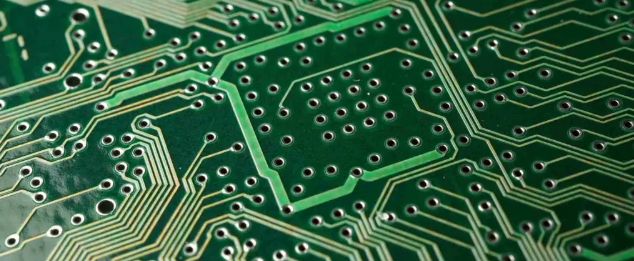
Special Cases and Advanced Considerations
1. Press-Fit Components
For components that press into holes (like certain connectors or shields):
- Typically require tighter tolerances (±0.05mm)
- Hole size is critical for proper retention force
- May need to account for material springback
2. Threaded Inserts
When using threaded inserts (heat-set or press-fit):
- Follow insert manufacturer’s recommended hole size
- Typically 0.1-0.3mm smaller than insert OD
- Consider thermal expansion for heat-set inserts
3. High-Current Applications
For holes carrying high current:
- May need thicker plating (up to 0.05mm)
- Larger annular rings to handle current
- Possible need for multiple vias around hole
4. RF and High-Frequency Designs
- Ground connections via mounting holes require careful sizing
- May need specific clearance to prevent impedance issues
- Often use multiple smaller holes instead of one large hole
Practical Design Tips
- Standardize: Use consistent hole sizes across your designs when possible
- Document: Clearly note hole sizes and tolerances in your fabrication drawings
- Prototype: Always test fit mechanical parts before full production
- Consider Assembly: Ensure tools can access mounting holes during assembly
- DFM Check: Run Design for Manufacturing checks specific to hole sizes
Common Mistakes to Avoid
- Insufficient Clearance: Leads to difficult assembly or board stress
- Excessive Clearance: Causes poor mechanical stability
- Ignoring Plating: Forgetting to account for plating thickness
- Poor Placement: Putting holes too close to board edges or components
- Missing Documentation: Not specifying critical hole requirements
Industry Standards Reference
Several standards relate to PCB hole sizing:
- IPC-7251: For through-hole land patterns
- IPC-7351: For surface mount designs (includes related hole requirements)
- ISO 888: Metric screw thread standards
- ANSI B18.6.3: Imperial screw standards
Conclusion
Proper PCB hole sizing, particularly for mounting holes, is crucial for both mechanical integrity and manufacturability. By following the recommendations in this guide and consulting with your fabrication house, you can ensure your designs have appropriate hole sizes that will work reliably in the field.
Remember that while standards provide good starting points, your specific application may require adjustments. Always consider the mechanical loads, environmental conditions, and assembly processes when finalizing your hole sizes. With careful attention to these details, you can create PCB designs that are both electrically sound and mechanically robust.
Appendix: Quick Reference Table
For quick access, here’s a summary of the most common PCB mounting hole sizes:
| Application | Screw Size | Hole Diameter | Pad Diameter |
|---|---|---|---|
| Small boards | M2 | 2.4mm | 4.0mm |
| General purpose | M3 | 3.4mm | 5.0mm |
| Heavy-duty mounting | M4 | 4.5mm | 6.0mm |
| US standard #4 | #4 | 3.2mm | 4.8mm |
| US standard #6 | #6 | 3.8mm | 5.5mm |
This reference should serve as a solid foundation for your PCB mounting hole designs, helping you balance mechanical requirements with manufacturing realities.


